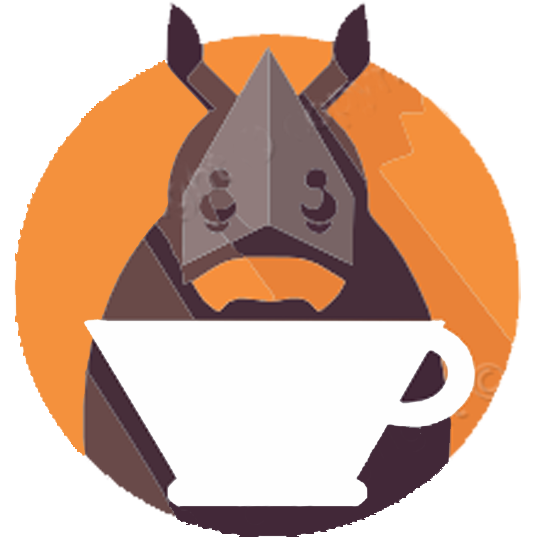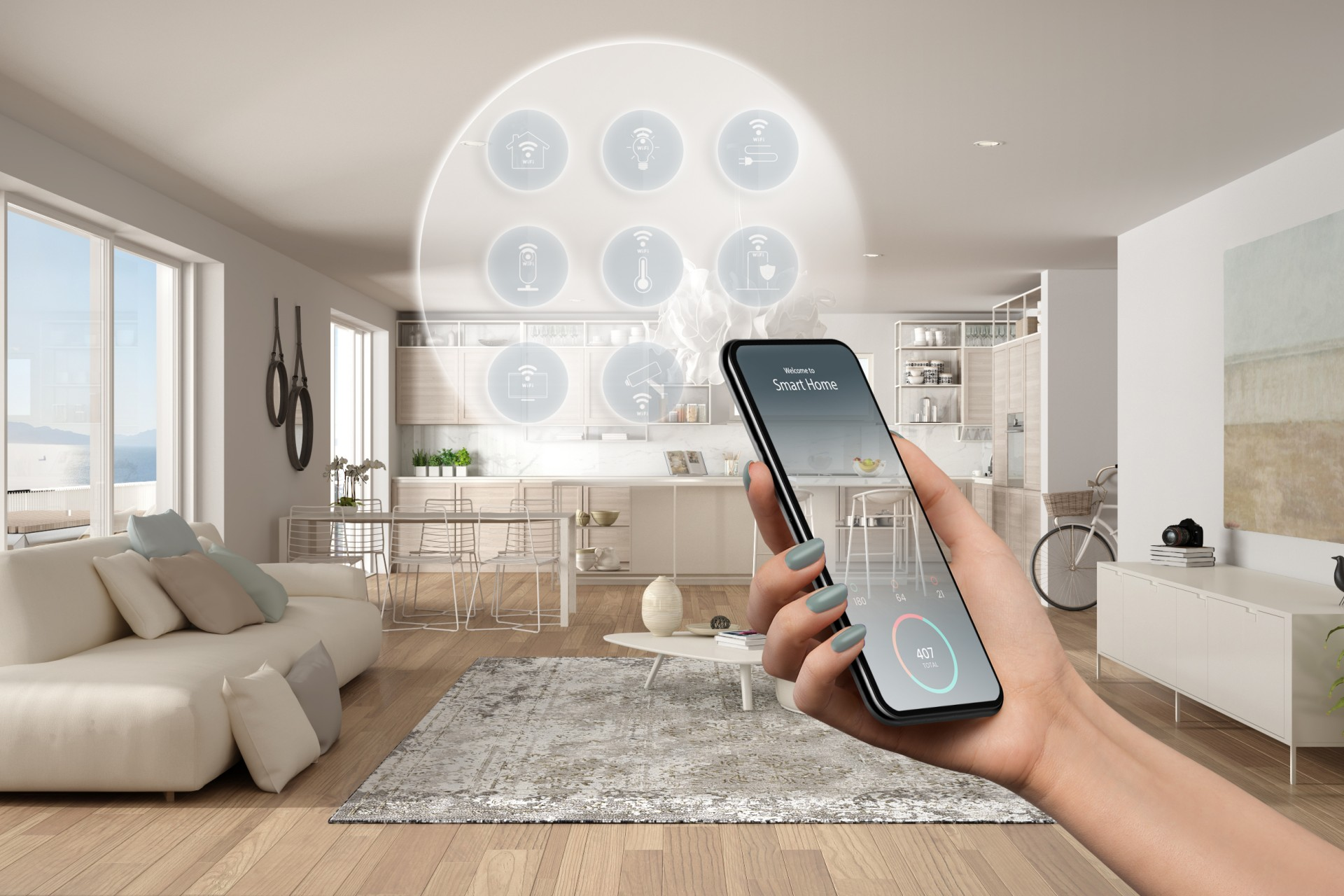IoT (Internet of Things) has had a profound impact on smart home technology by connecting various devices, sensors and home appliances to the internet, enabling innovation and improvements in smart home tech. Here are some key ways IoT has transformed smart home technology:
Device Integration
With IoT, different home devices and systems can communicate and work together. This means the AC can work with blinds and lighting to maintain optimal temperature and lighting conditions in the home.
Remote Control and Monitoring
Smart home appliances, lighting and even security systems can be controlled and monitored remotely using a smartphone or computer. Whether on vacation or at work, you can check in on the home’s status and even get alerts if issues arise.
Energy Efficiency
Smart thermostats and lighting systems can learn user preferences over time and make data-driven decisions to optimize energy use, saving homeowners money and reducing environmental footprint.
Enhanced Security
IoT has advanced home security. Smart doorbells with cameras let homeowners see who is at the front door even when away. Smart locks allow keyless entry and can be remotely locked/unlocked.
Home Automation
Daily tasks can be automated. For example, a user can set a “morning routine” where lights gradually brighten, coffee maker starts, and favorite morning news program begins playing on the smart TV.
Predictive Maintenance
Some smart home devices can predict when a failure or need for maintenance may occur. For instance, a smart washer may detect a component wearing down and notify the user.
Personalized User Experience
IoT devices in the smart home can learn user behaviors and preferences, resulting in a more personalized experience. Over time, the home can anticipate and adjust based on individual preferences to ensure maximum comfort and convenience.
Health Monitoring
Some smart home systems can monitor the health status of occupants, especially seniors. They can detect falls, monitor vital signs, and even provide medication reminders.
Interoperability and Ecosystems
Leading tech companies have developed platforms like Apple’s HomeKit, Google’s Home, Amazon’s Alexa that enable seamless integration of devices from various manufacturers.
Advanced Sensing Capabilities
By integrating various sensors, homes can now detect environmental changes from humidity levels that may indicate a leak to air quality sensors that can prompt HVAC systems to bring in fresh air.
Voice Control
Voice assistants like Amazon Alexa, Google Assistant, and Apple Siri have changed how users interact with the home, allowing hands-free control of a vast array of devices.
Updates and Upgrades
Just like software on computers or phones can be updated, IoT devices in the smart home can receive firmware and software updates to enable new capabilities and improve security.
Challenges
While IoT brings many advantages to smart home tech, challenges around privacy, potential security vulnerabilities, and needs for standardization to ensure seamless interoperability between devices from different manufacturers need to be recognized.
Will IoT Reduce Costs for Smart Homeowners Over Time?
The impact of IoT on smart home related costs can be examined from several angles. While IoT may reduce costs for homeowners in many ways over time, related expenses also need consideration. Here is a detailed analysis:
Potential Cost Savings from IoT:
Energy efficiency: Smart thermostats, lights, and appliances can optimize energy consumption, reducing utility bills. For example, thermostats can learn when homeowners are usually home and adjust temperatures accordingly to avoid wasting energy when unoccupied.
Predictive maintenance: IoT enabled devices can notify homeowners of potential issues before they become severe, saving on repairs or replacements over the long run.
Insurance discounts: Some insurers offer discounts for homeowners with smart security systems since this can reduce risks of burglary or damage.
Resource management: Smart water systems can detect leaks early or optimize water usage, lowering water bills and preventing costly damage.
Reduced reliance on services: Functions like smart security or garden maintenance tools can reduce the need for certain third-party services, saving homeowners money.
Potential IoT Costs or Financial Considerations:
Upfront costs: The initial investment in smart home devices can be tremendous, especially when setting up an entire smart home system at once.
Maintenance and replacement: While IoT devices can last a long time, they still have a lifespan. Replacing or upgrading devices over time may add costs.
Security risks: IoT devices can be vulnerable to network attacks if not properly protected, leading to potential financial losses in some cases.
Platform dependence: If a homeowner invests heavily in one platform like Google, Apple, or Amazon, switching or that platform becoming obsolete could pose costs.
Subscription fees: Some smart home devices and services may require monthly or yearly subscriptions to access full functionality.
Interoperability issues: If devices from different manufacturers cannot seamlessly communicate with each other, homeowners may find themselves spending more funds to achieve a cohesive smart home ecosystem.
Future Outlook:
Like many technologies, costs of devices and tech often decrease as IoT matures and adoption rates rise. Economies of scale, increased competition, and technological advances may make smart home devices more affordable to average consumers.
Additionally, potential cost savings in energy, resources, coupled with increased convenience and capabilities may offset initial investments over time.
In summary, while IoT can certainly save costs for smart homeowners across domains, the overall financial impact will depend on specific devices used, homeowner needs, and future developments in the technology.






